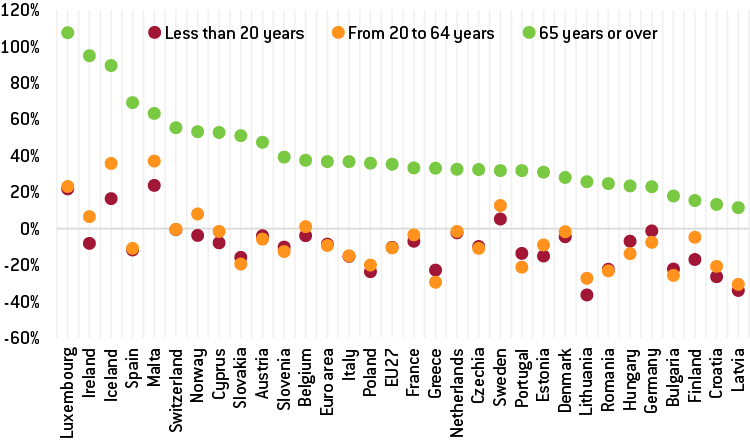Debt Destruction tool
How governments nuke debt
In this report: Inflation is fiscal violence, the demographic problem, wealth inequality, US Debt, Historical examples of inflating away debt.
In Summary:
This report explores how governments quietly reduce their debt burdens through inflation — a process that benefits sovereign balance sheets but punishes savers and the middle class. From post-WWII America to present-day policy under Trump and Bessent, we examine the tools of financial repression, the demographic time bomb facing developed nations, and the widening gap between asset owners and wage earners. Inflation may be silent, but its impact on wealth, policy, and society is anything but.
Articles
Under Pressure: The Squeezed Middle Class
What Does It Mean For The Government To Inflate Away Debt?
Timeline: 150 Years of U.S. National Debt
World inequality database
Does Gary Stevenson understand economics? Inflate the debt away
NOMINAL =actual amount i.e $10 is always $10. REAL = adjusted for inflation.
If you locked $1,000 in a safe in 1950, its face value would be unchanged today — but its purchasing power would have shrunk by over 92%. In contrast, if that same $1,000 had simply kept pace with inflation, it would be worth $13,029 in today’s dollars — a powerful reminder of what inflation silently steals, but for the biggest debtors, it is a silent miracle.
As inflation rises, the amount of debt owed stays the same, but its real value goes down, the same way $1000 cash in 1950 could buy a car. Today it buys you a phone. That’s because inflation reduces the buying power of money, making each dollar/Euro/Pound worth less over time.
This also means governments can pay off their NOMINAL debts with REAL money. Inflation helps reduce the burden of debt without changing the amount owed. At the same time, you get an increase in income inequality and a flattening out of the middle classes due to the decrease in buying power. Wages do not increase inline with inflation, though they should.
For the wealthier, their assets track (and in most cases actually far outperform) inflation, so they see less/no nominal money destruction- their $10 today, will be $11 next year- getting wealthier as inflation moves up. People not invested in inflation tracking or inflation outperforming assets, get the short end of the stick. Their wealth decays.
The demographic issue
This has caused a number of governments to look at mandatory pension schemes in in order to protect its citizens against inflation but also to ease the burden on sovereign finances as global populations everywhere are aging. If we study this chart from Bruegel, we can see that by 2050, in Luxembourg the 65yrs+ cohort will grow 110%, while in Greece the 20 to 64 cohort will drop by 20%. For the EU27, the 65+ cohort will increase 40% while 20-64yrs cohort will decrease by about 10%. The problems in the ‘developed world’ are stark. An aging population and not enough finance to cover the states social responsibilities. We need a new baby boom! Luky for the world, there is Sub Saharan Africa
‘‘The ongoing episode of high inflation reverses the standard way of thinking about pension indexation. In the short term, due to falling real wages, price indexation has become more favourable for pensioners than wage indexation. But it is more costly than initially anticipated for public finance or pension providers more generally’’ -OECD Pensions at a Glance 2023
This is why money in the mattress is as good as money in the fireplace, also known as capital decay. If you locked $1,000 in a safe in 1950, its face value would be unchanged today — but its purchasing power would have shrunk by over 92%. In contrast, if that same $1,000 had simply kept pace with inflation, it would be worth $13,029 in today’s dollars — a powerful reminder of what inflation silently steals, but for the biggest debtors, it is a miracle.
Wealth inequality
Keep reading with a 7-day free trial
Subscribe to The VWAP Report to keep reading this post and get 7 days of free access to the full post archives.



